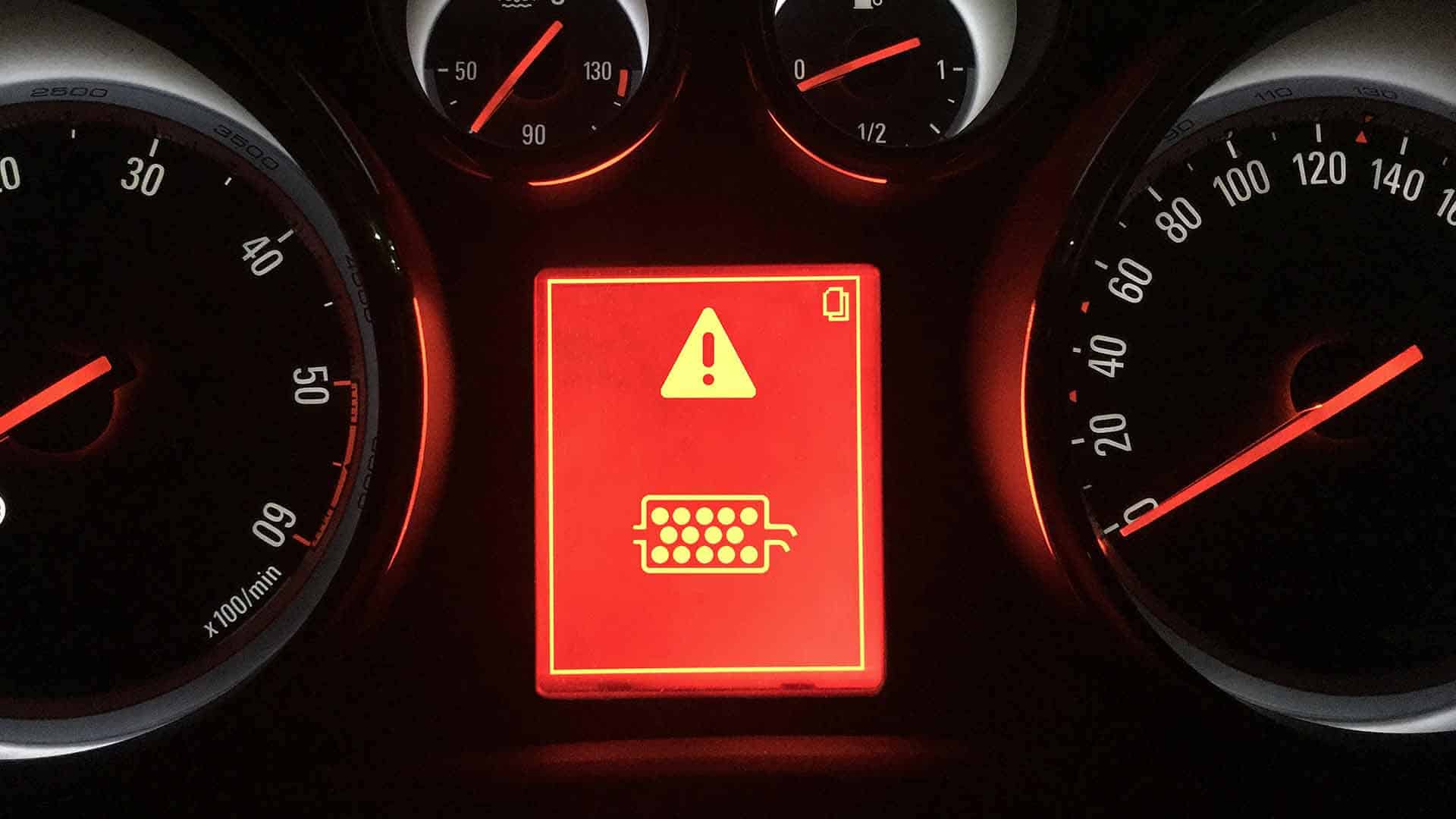At Five Star Autocentre we’re keen to ensure you have trouble free motoring in a car you can trust. We receive a fair number of enquiries for DPF faults so thought it’d be a good idea to give you the information you need to keep yours healthy.
Diesel cars built since 2009 are fitted with Diesel Particulate Filters to help them pass increasingly restrictive emissions controls. You probably don’t even realise you have one, but when you have a problem with your car’s DPF the chances are you will find yourself facing a stiff bill for repairs.
What is a DPF?
A DPF is effectively a soot trap. It filters and stores your exhaust’s soot to reduce emissions and help prevent the black smoke that used to billow out of older diesel cars.
The way a DPF works is similar whatever car you own: the DPF captures large soot particles as the exhaust gases pass through to stop these causing problems when the filter becomes blocked. In a worst case scenario, your engine stops running and you are left with a sizeable repair bill. It could easily amount to thousands of pounds.
Because DPFs have finite capacities, they need to be cleaned by burning the soot at temperatures high enough for the soot to become much smaller so the particles can be expelled.
Common Causes of Failure?
DPF issues tend to arise when this ‘regeneration’ process is disrupted. To make sure it takes place in its entirety, the majority of manufacturers suggest driving your car for more than 15 minutes at over 40mph and at intervals of a few hundred miles to clear the filter. You’ll find the specific instructions for your vehicle in the driver’s handbook.
When a DPF can’t be regenerated passively, the car’s computer will attempt an active regeneration. This takes the necessary action to stop the filter clogging up. If the computer detects the filter is about to be blocked, it increases the exhaust gas temperature so that regeneration is triggered. The process lasts for 10 to 15 minutes from start to finish. If you make many short, urban journeys, and reach your destination before regeneration is finished the DPF warning light is likely to come on. To allow the DPF to regenerate try to drive the car on a dual carriageway or motorway for no less than 15 minutes.

It is ill-advised to ignore the warning light and continue driving slowly in stop-start traffic. This will undoubtedly cause other warning lights to illuminate alerting you that your car will switch to a limping mode as a way of preventing additional engine damage.
If replacement is the only option beware because if the problem is caused by driving style and not the filter most manufacturer warranties won’t cover the cost and you could face a sizeable bill.
Why is a DPF required?
A DPF is required because it became all but mandatory under the Euro 5 legislation that came into force 10 years ago, determining exhaust emissions, particularly with regard to CO2.
It’s now illegal to drive any car that doesn’t meet emissions standards when driven without a DPF. Since February 2014 checking a DPF is present became part of the MOT test procedure.
How To Avoid A Big Bill?
So… if your DPF light is on and remains lit after you’ve followed the instructions in your handbook for regeneration (driving on a dual carriageway etc), what next?
We’re keen to keep any remedial work to a minimum which is why accurate diagnosis is essential. There are a number of subsystems that are required for efficient regeneration (glow plugs, additive injectors etc), it’s very common for one of these to have caused the fault.Once we’ve found the root cause we can then assess if cleaning the DPF is suitable.
At Five Star Autocentre we have a lot of experience in DPF repairs. You’ll be guaranteed a high level of workmanship and great value.
Call today with your DPF faults. We’re here to help.


